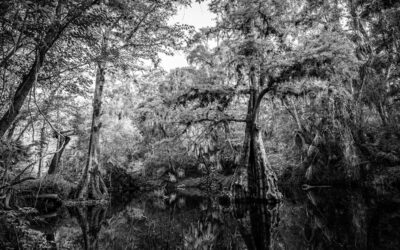A question I’m often asked by both photography students and business associates is “Why should I buy a camera when my phone takes really good pictures?” or “Why should we hire a “Pro” when our staff can take good pictures with their phones?”
Nobody can really answer that but you! We all have our own set of standards.
Beauty is in the eye of the beholder. A great image to some is real junk to others. People, just like corporate brands all have different standards. I approach my photography by working backwards. What I mean by this is I first ask WHAT IS THE DESIRED OUTCOME? What are you going to do with the images? Just share with friends on Facebook or really try to entice your clients with a major initiative? Then I work back from there no matter if it is for a personal or commercial project. It may be budget driven but it’s often time driven, logistically driven or dependent on an infinite number of factors.
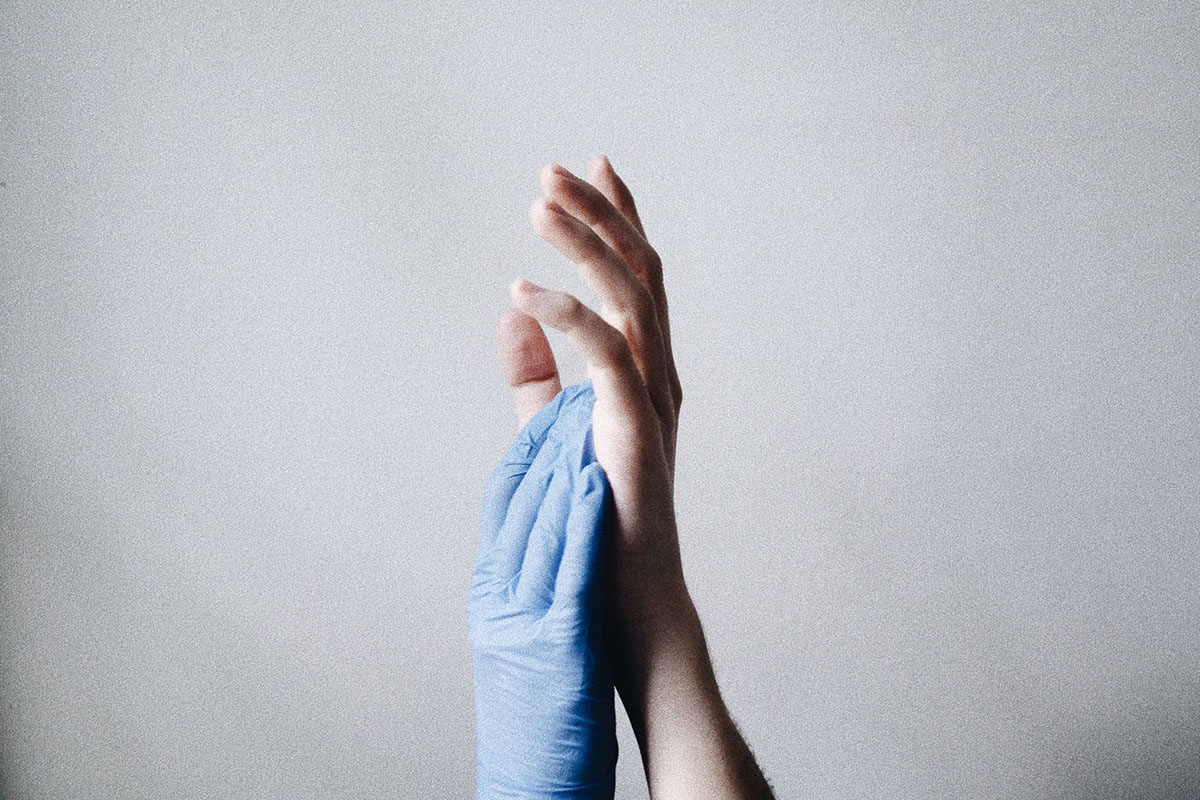
The image above is so powerful in symbolism it trumps any image quality attributes, in fact having a higher quality image may even lower the effectiveness of the message. In this example it would not matter at all what you used to capture the image as long as the message was clear. Here, good is certainly good enough.
If your image is meant for a small audience or it will live forever on your phone, Facebook or Instagram then an image taken on your phone may certainly be good enough. Most phones, given the right circumstances and in the right hands, are capable of capturing a product that equals or exceed the required quality in most of the cases. I’ve submitted images captured with a phone that were used in double truck ads in national publications. It really depends on your desired outcome. Its usually the cook not the kitchen.
Why this is relevant is because often there is no way a professional photographer, whom hired for an hour or day, is able capture a serendipitous moments at your business the same way an employee can who is on site all the time. Your employee has the advantage of time and knows the people, product and process better than an outsider. Often this serendipity of the moment will trump the skill and equipment of a professional photographer for many of your applications. Again, your desired outcome will tell you just how good is good enough.
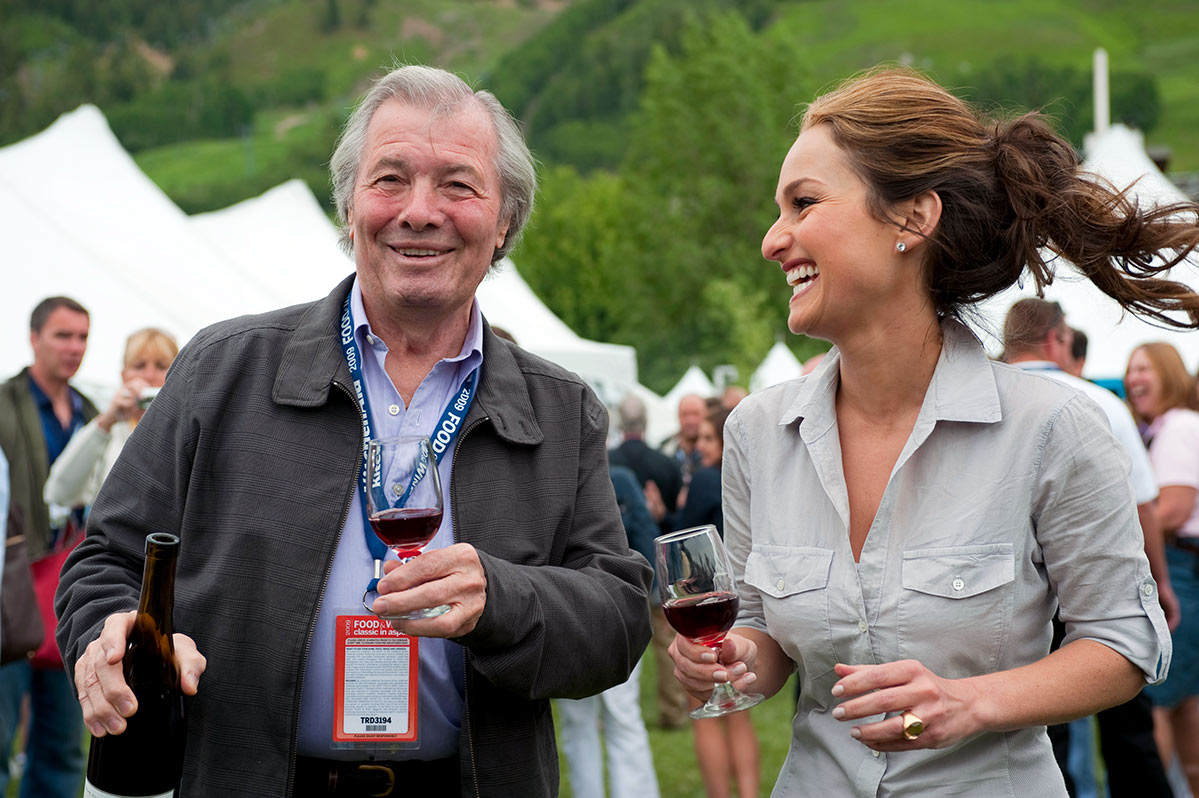
This image of Jacques Pepin and Giada de Laurentiis appeared in a variety of national and international publications and was shot with an iPhone. Again, the simplicity and serendipity of the moment trumped any advantage you would gain form a more sophisticated device. It’s good enough.
Another great way to get your head around this concept is to look at the differences between a phone camera and a high end Camera.
Have you ever heard the adage you get what you pay for? This can apply to your equipment or the person using the equipment.
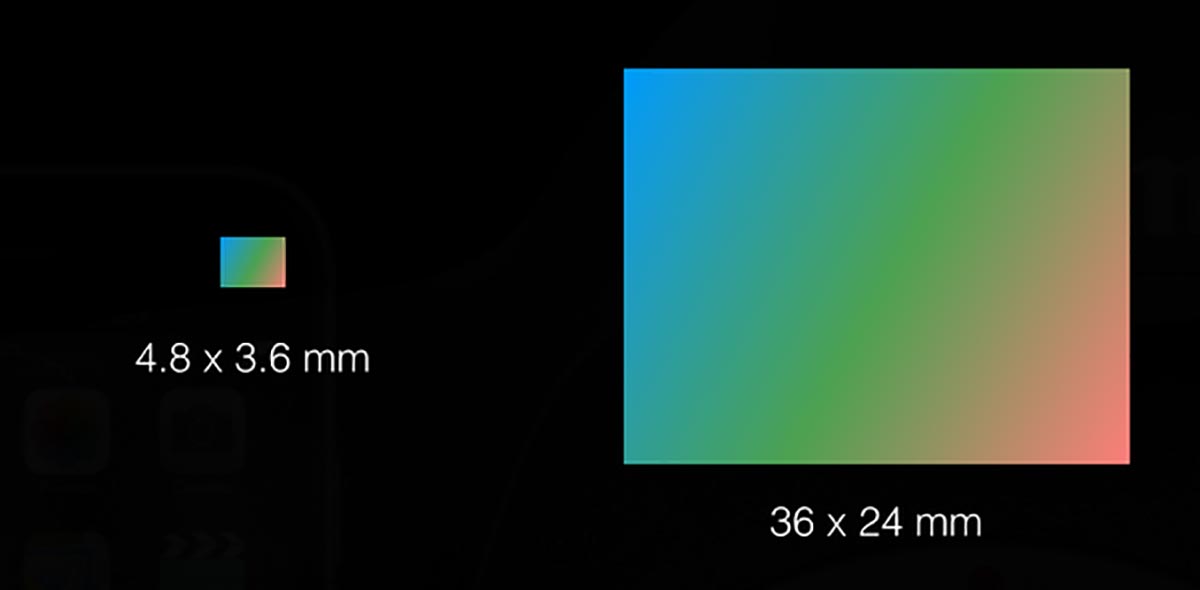
In the illustration above, the sensor on the left is the one from a typical smartphone. On the right, a full frame professional camera. That’s about a 40–60x difference in light-gathering ability. The ability of a camera to capture light is the greatest factor determining quality. Next is the quality of the lens. Phones have plastic lenses. Good cameras have the highest quality glass. This is the first key to understanding why a phone camera can’t and never will match the capabilities of a good camera. Now add skill level in combination better equipment like working with artificial light, posing a subject, compose an image for a particular mood or application.
The total cost of the parts dedicated to the camera in my iPhone 11 Max Pro is about $50 all in. Compare that to several thousand in an average DSLR body alone and you will begin to understand some limitations to the camera on your phone. But remember, the best camera you can have is the one that is with you. If you just enjoying taking pictures or shoot in Auto mode on your camera anyway, your phone might be all the camera you ever need!
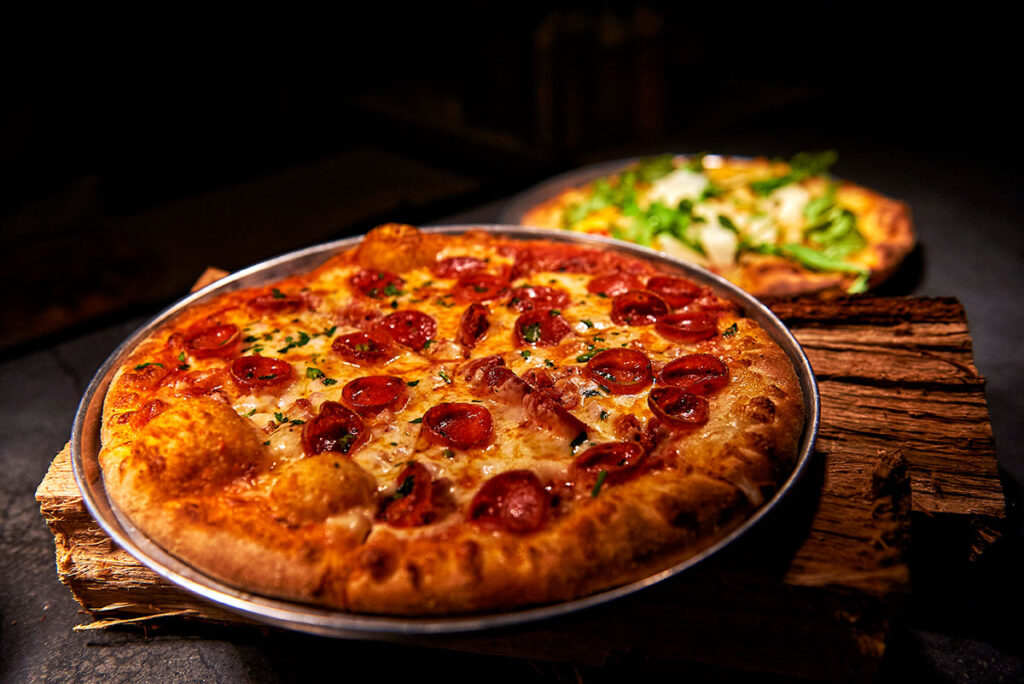
In this example, a phone couldn’t get you an image like this. It simply does not have the light gathering capabilities resulting in poor dynamic range due to its tiny tiny pixels. My Nikon D5 probably has 800 times the light gathering capability than my iPhone 11 Max Pro.
The cameras on your phones are improving all the time. They can “simulate” many of the effects known only by experienced professionals using expensive lenses. If you learn to work around some of the limitations of the camera on a phone you can bridge that gap on more occasions.

You also would have difficulty in getting an image like this with very selective focus on a subject and blurred foreground and backgrounds because physics simply won’t allow the camera on a phone to give you that buttery depth of field that your camera with a fast lens can.
Phone cameras have got so many people interested in photography I can’t help but love. Sure I’ve work due to their prevelance but that was mostly more the mundane, basic photography that pays the bills but doesn’t represent any particular challenge. The fact that we are now drowning in mediocre images has only helped true professionals with lots of experience shine because it’s more difficult to stand out.
Bottom line is — how good is good enough for you? For me, my phone is so convenient it’s often all I need for personal use, art projects, scoutiing locations and sometimes in selective applications during commercial work. The secret is setting yourself up for success by knowing the types of images a camera phone does very well and when to not even try.



